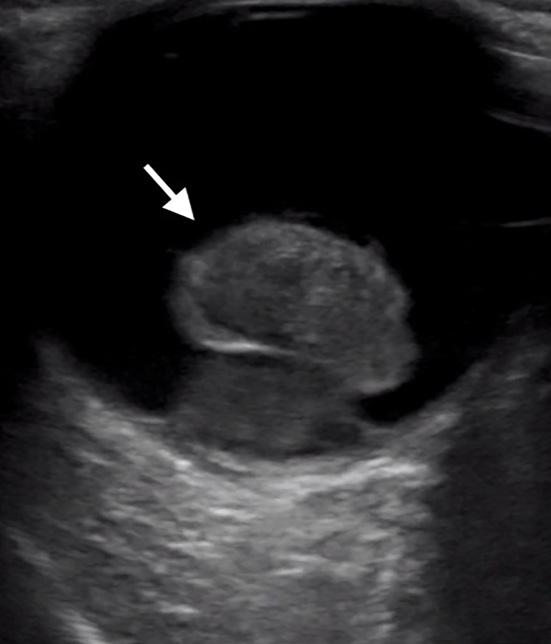Case Report
An Anomalous Cause of Deep Venous Thrombosis: A Case Report Jana Florian, MD* Huy A. Duong, BS† Jennifer S. Roh, MD*
*University of California, Irvine, Department of Emergency Medicine, Orange, California † University of California, Irvine School of Medicine, Irvine, California
Section Editor: Melanie Heniff, MD Submission history: Submitted January 7, 2021; Revision received April 4, 2021; Accepted April 1, 2021 Electronically published June 1, 2021 Full text available through open access at http://escholarship.org/uc/uciem_cpcem DOI: 10.5811/cpcem.2021.4.51517
Introduction: Lower extremity deep venous thrombosis (DVT) is a common diagnosis in the emergency department (ED). Deep venous thromboses can be the result of anatomical variation in the vasculature that predisposes the patient to thrombosis. May-Thurner syndrome (MTS) is one such anatomic variant defined by extrinsic compression of the left common iliac vein between the right common iliac artery and lumbar vertebrae. Case Report: We report such a case of a 39-year-old woman with no risk factors for thromboembolic disease who presented to the ED with extensive unilateral leg swelling and was ultimately diagnosed with MTS. Conclusion: This diagnosis is an important consideration particularly in patients who are young, female, have scoliosis or spinal abnormalities, or are at low risk for DVT yet who present with extensive lower extremity swelling and are found to have proximal thrombus burden. Often further imaging, anticoagulation, angioplasty, or thrombectomy are indicated to prevent morbidity and postthrombotic syndrome in these patients. [Clin Pract Cases Emerg Med. 2021;5(3):299–302.] Keywords: May-Thurner syndrome; deep venous thrombosis; case report.
INTRODUCTION Lower extremity deep venous thrombosis (DVT) is frequently diagnosed in the emergency department (ED) setting. Risk factors include malignancy, recent major surgery, trauma, obesity, pregnancy, prolonged immobilization, and hormone therapy. In addition, anatomical abnormalities can also predispose patients to DVT. One such frequently recognized anatomical variant is May-Thurner syndrome (MTS), defined by extrinsic compression of the left common iliac vein between the right common iliac artery and lumbar vertebrae. This compression can lead to venous congestion and, ultimately, left iliofemoral DVT. The incidence of MTS ranges between 18-49% among patients with left lower extremity DVT.1 It is three times more common in women than men, and typically presents in patients between ages 30-40.2 Most cases of MTS are asymptomatic and do not require treatment. Symptomatic
Volume V, no. 3: August 2021
MTS, however, frequently presents as DVT and requires intervention beyond medical management with anticoagulation. Angioplasty, stenting, and/or thrombectomy prevent complications and minimize morbidity and mortality. Failure to identify MTS as a cause of DVT results in suboptimal treatment and often recurrent thrombosis. MayThurner syndrome is an essential consideration for the emergency physician in the differential diagnosis of unilateral leg swelling. CASE REPORT A 39-year-old woman with history of alcohol use disorder presented to our ED with two days of atraumatic left leg swelling and pain. She had no risk factors for DVT and no personal or family history of thromboembolic disease or hypercoagulability. Physical exam revealed significant swelling of the left lower extremity with positive Homans’ sign and severe pitting edema
299
Clinical Practice and Cases in Emergency Medicine



















